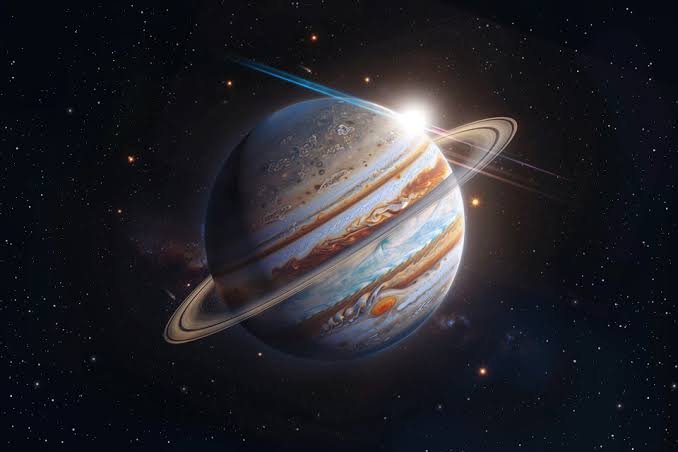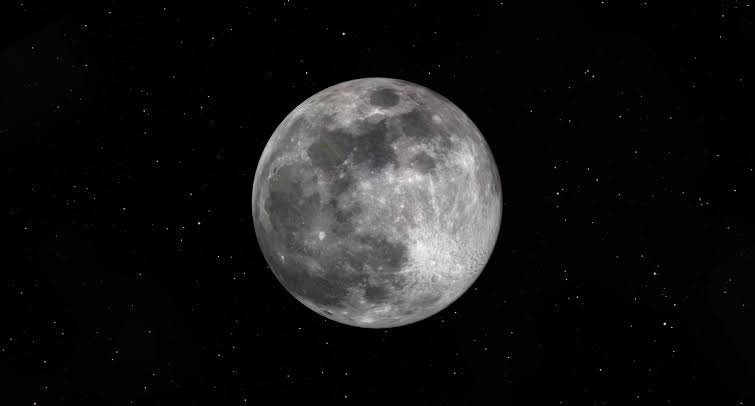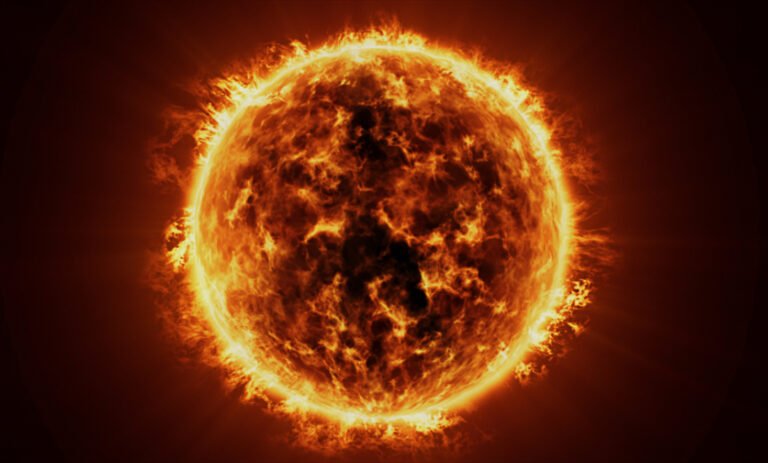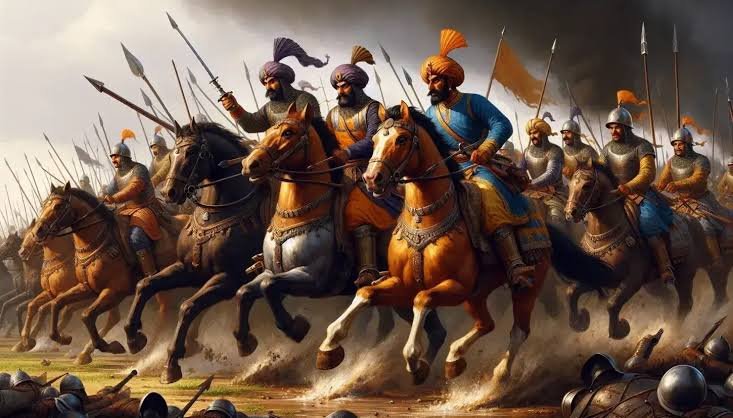
Jupiter, the largest planet in our solar system, is a gas giant known for its massive size, distinct stripes, and prominent storms.

Size and Structure
Mass and Diameter: Jupiter is about 318 times as massive as Earth and has a diameter of approximately 142,984 kilometers.
Composition: It’s primarily composed of hydrogen and helium, with a small rocky core. Jupiter lacks a true solid surface, and its atmosphere transitions smoothly into the deeper layers of the planet.
Great Red Spot
This is Jupiter’s iconic storm, a massive anticyclonic storm that has raged for at least 400 years, possibly much longer. It’s large enough to fit two to three Earths within it and has winds reaching up to 430–680 km/h.
Atmosphere and Weather
Jupiter’s atmosphere is characterized by colorful bands created by strong winds, which can reach speeds of 640 kilometers per hour.
The planet has fierce storms, powerful lightning, and auroras at its poles. The cloud layers are composed mainly of ammonia crystals, ammonium hydrosulfide, and water.
Magnetosphere
Jupiter has the most powerful magnetic field in the solar system, approximately 20,000 times stronger than Earth’s. This magnetic field traps radiation, creating belts that are hazardous to spacecraft and challenging for observation.
Moons and Rings
Jupiter has 79 known moons, with the four largest, known as the Galilean moons (Io, Europa, Ganymede, and Callisto), being the most notable. Ganymede is the largest moon in the solar system, even bigger than Mercury.
Jupiter also has faint, thin rings composed of dust particles, unlike Saturn’s bright icy rings.
Orbit and Rotation
Jupiter orbits the Sun every 11.86 Earth years. It has a rapid rotation, taking only about 10 hours to complete one rotation, making it the fastest-spinning planet in the solar system. This rapid rotation contributes to its oblate shape, causing it to be flatter at the poles and bulging at the equator.
Exploration
NASA’s Juno spacecraft has been orbiting Jupiter since 2016, providing detailed information on its atmosphere, magnetic field, and interior. Earlier missions include Pioneer, Voyager, Galileo, and the Hubble Space Telescope.
Fun Fact
Jupiter’s gravitational influence is thought to help protect the inner planets, including Earth, by deflecting comets and asteroids that might otherwise collide with them.
This information gives an overview of Jupiter’s massive, dynamic nature and its importance in the solar system. Let me know if you’d like to expand on any specific aspect!






